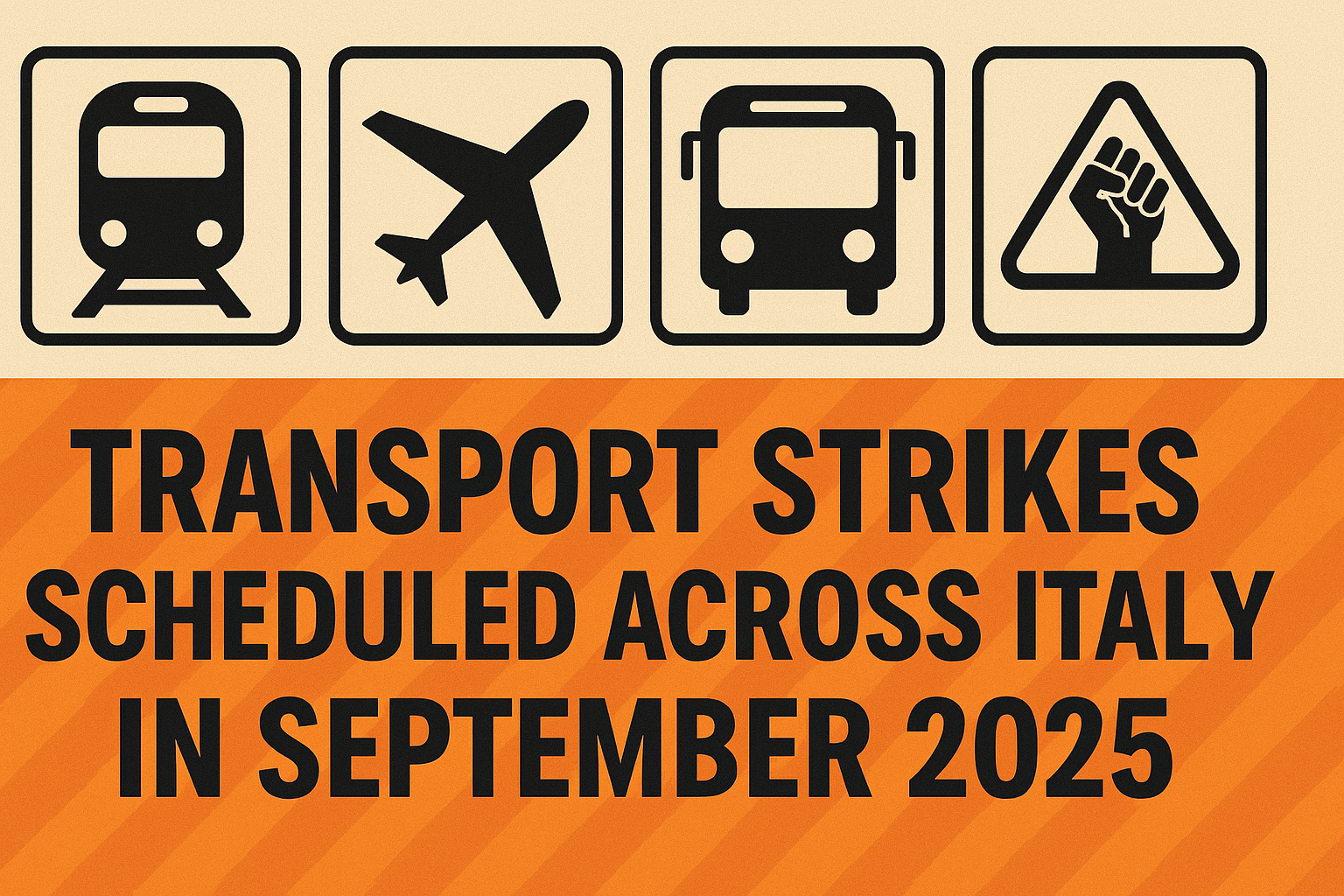Step-by-Step Guide: Obtaining the Carta d’Identità in Italy
by Adriana ruiz
Moving to Italy as an expatriate is an exciting adventure, but it comes with a series of essential administrative tasks. One of the first things you’ll need to do is obtain the Carta d’Identità, the national identity card. This document is crucial for various aspects of daily life, including opening a bank account, signing a lease, and accessing healthcare services. To help you through the process, here’s a step-by-step guide to obtaining your Carta d’Identità in Italy.
Step 1: Residence Registration
Before applying for the Carta d’Identità, you must register your residence with the local Anagrafe office. This office is responsible for maintaining the population registry. Bring your passport, visa, and proof of residence (such as a rental contract or utility bill) to complete the registration. Once registered, you will receive a residency certificate, a document you’ll need for subsequent steps.
Step 2: Book an Appointment
Most municipalities in Italy require you to schedule an appointment to apply for the Carta d’Identità. Check the local Anagrafe office or the municipality’s website for information on how to book your appointment. This can often be done online or by phone, and availability may vary depending on the municipality.
Step 3: Gather Required Documents
Before your appointment, ensure you have all the necessary documents. These typically include:
– Passport
– Residency certificate
– Passport-size photos (recent and meeting Italian passport photo standards)
– Any additional documents specified by the local Anagrafe office
Verify that all your documents are valid and up-to-date, as expired documents may lead to delays in the application process.
Step 4: Visit the Anagrafe Office
On the day of your appointment, visit the Anagrafe office at the scheduled time. Submit all the required documents, and be prepared to provide biometric data, such as fingerprints. An officer will verify your information and process your application.
Step 5: Payment of Fees
There is usually a fee associated with obtaining the Carta d’Identità, the amount of which can vary by municipality. Be prepared to pay this fee during your visit. Payment is often made at the local post office, and you’ll receive a payment receipt to present at the Anagrafe office.
Step 6: Wait for Processing
After submitting your application, you’ll need to wait for the Carta d’Identità to be processed. While processing times may vary, it typically takes a few weeks. In the meantime, you may be given a temporary certificate to use.
Step 7: Collect Your Carta d’Identità
Once your Carta d’Identità is ready, you’ll receive a notification to pick it up at the Anagrafe office. Bring the notification, along with any additional documents requested, to collect your card.
By following these step-by-step instructions, you’ll navigate the process of obtaining your Carta d’Identità smoothly and efficiently, ensuring you have the essential document to facilitate your life as an expatriate in Italy.

Bringing Your Family to Italy: A Guide for Non-EU Citizens
For non-EU citizens residing in Italy, having your family with you is a tangible goal. Italian law provides a framework for family reunification, allowing you to bring close relatives to live with you under specific conditions. This guide outlines the key requirements, procedures, and rights to help you navigate the process. Who Can Apply for […]

How to Become a Self-Employed Worker in Italy
Are you a non-EU citizen wishing to work as a self-employed worker in Italy? This guide explains the conditions you must meet, the procedures to follow, and the rights you can enjoy during your stay. Conditions for Self-Employment To legally engage in independent work in Italy, non-EU citizens must satisfy several conditions and obtain the […]

Transport strikes scheduled across Italy in September 2025
September is shaping up to be a turbulent month for travelers in Italy, with more than 14 national strikes scheduled. Widespread protests are expected to cause significant disruption across trains, flights, and local public transport networks. Rail and Air Travel Disruption Commuters and long-distance travelers on trains should be aware of a major nationwide strike […]

Buying Property in Italy: Understanding Judicial Real Estate Auctions or Aste Immobiliari
As a resident in Italy, you may already be familiar with the dynamics of the local housing market and perhaps have contemplated purchasing property. However, there exists a lesser-known yet potentially advantageous avenue worth exploring: Aste Immobiliari, or judicial property auctions. What Are Judicial Auctions? Judicial auctions in Italy are public sales of assets, including […]







